THE SECRET TELEGRAPHIST
Born Anne Veronica Theresa Maynard in India, she was the third daughter of Brigadier Francis Herbert Maynard, who was serving in the British army. Her mother was Ethel Bates.
Aged twelve, Anne was sent to England to be educated at New Hall – a convent school in Essex. She did not see her parents again for another two years, until her father retired, and returned to the UK.
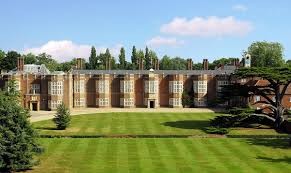
Anne left school with a limited education. “I could cook, type, do First Aid and I could speak French.” Most of these skills were to prove extremely useful to her in the future.
Her father paid for Anne to have a private tutor so that she could pass the school certificate. At the same time, using his connections, he got her a job working as a clerk at RAF Cranwell.
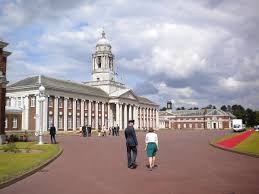
In 1943, during the war, one of her friends joined FANY (the First Aid Nursing Yeomanry). Anne decided to follow suit and volunteered. To be accepted, she needed two sponsors. The first was her father (with his distinguished military career), and the second was Prioress Mother Christina O’Donnell.
Anne was accepted.
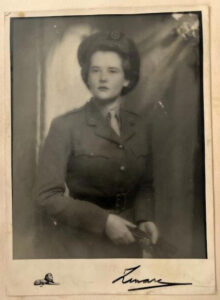
Within a few weeks, Anne was approached and asked to join a secret organisation. What she did not realise was that FANY had become a fruitful recruiting ground for the SOE.
The Special Operations Executive (SOE) had been founded by Prime Minister Winston Churchill in 1943. The aim was for it to carry out espionage and reconnaissance in Nazi-occupied Europe.
Anne was taken to Poundon House in Oxfordshire, where she signed the Official Secrets Act. She and other recruits were then told about SOE and how it operated.
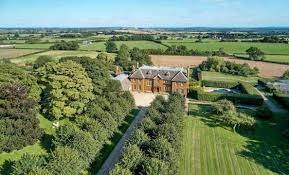
Anne then undertook an extensive training programme as a telegraphist. She worked for eight hours a day until she could type and translate thirty words a minute, subsequently becoming a Morse Code operator and coder.
Anne was one of the youngest people to join the SOE, being just nineteen.
She showed high level proficiency, speed and skill, and was quickly transferred to Grendon Hall in Aylesbury.
There, Anne had a vital role. It was her job to maintain encrypted communication with SOE operatives ‘in the field’ in Europe. She would take their messages at scheduled times (‘skeds’).
The agents were in so much danger that the message had to be quick, and Anne had to take it down accurately with no repetition.
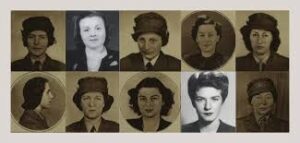
She was also in charge of sending encrypted messages from Grendon Hall to the SOE headquarters in London.
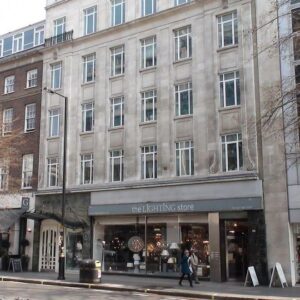
On the evening of the 6th June 1944 (D-Day), Anne went to get her ‘sked’. The agent at the other end didn’t bother encrypting. He shouted, “Vive le France. Vive l’Angleterre. Vive les Allies.”
Anne knew D-Day had been successful. She called it the best moment of her war. The girls in her office celebrated with warm beer and spam sandwiches.
Anne served until the end of the war when she was discharged. She said, “I am so proud to have played my part in helping the French nation recover it’s liberty.”
She immediately went to India to stay with both of her married sisters. For a short while, Anne worked in the Viceroy’s office.
Returning to the UK, Anne was recruited by MI6, who posted her to Egypt.
It was there she met Myles Ponsonby, who worked for the Foreign Office. They were married in 1950 and had three children: Belinda, Emma and John.
Anne spent the next few years moving around the world as Myles’ diplomatic career involved various postings. They lived in Cyprus, Beirut in Lebanon, Indonesia, Nairobi in Kenya and Rome – before Myles was made British ambassador to Mongolia in 1974.
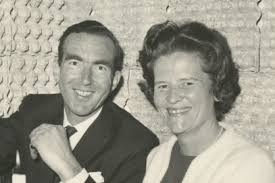
The family lived in Ulan Bator until 1977, returning to the UK to live in Hampshire.
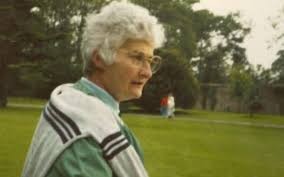
Myles died in 1999.
Both her daughters had followed in her footsteps by going to New Hall School. Belinda married a diplomat and Emma married Bryn Parry.
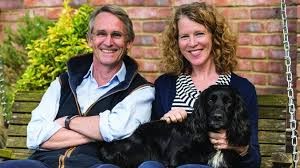
Together, Emma and Bryn founded the charity ‘Help for Heroes’. They were both awarded an OBE in 2010, with Bryn going on to be given a CBE.
Anne’s son, John, rose to be Air-Vice Marshal in the RAF – but he predeceased his mother.

In later life, Anne led a campaign to get recognition for the women who served with FANY (and the SOE) in the war. Belatedly, in 2016, she was awarded the 1939-1945 service medal.
This was followed by being given the Legion d’Honneur in 2019. She said, “I am thrilled and honoured. It is a beautiful insignia, and I will wear it with pride.”
Anne died in a nursing home in Winchester.
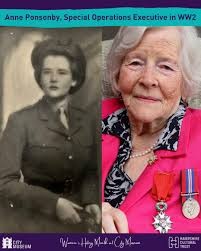
RIP – Relaying Important Posts






















